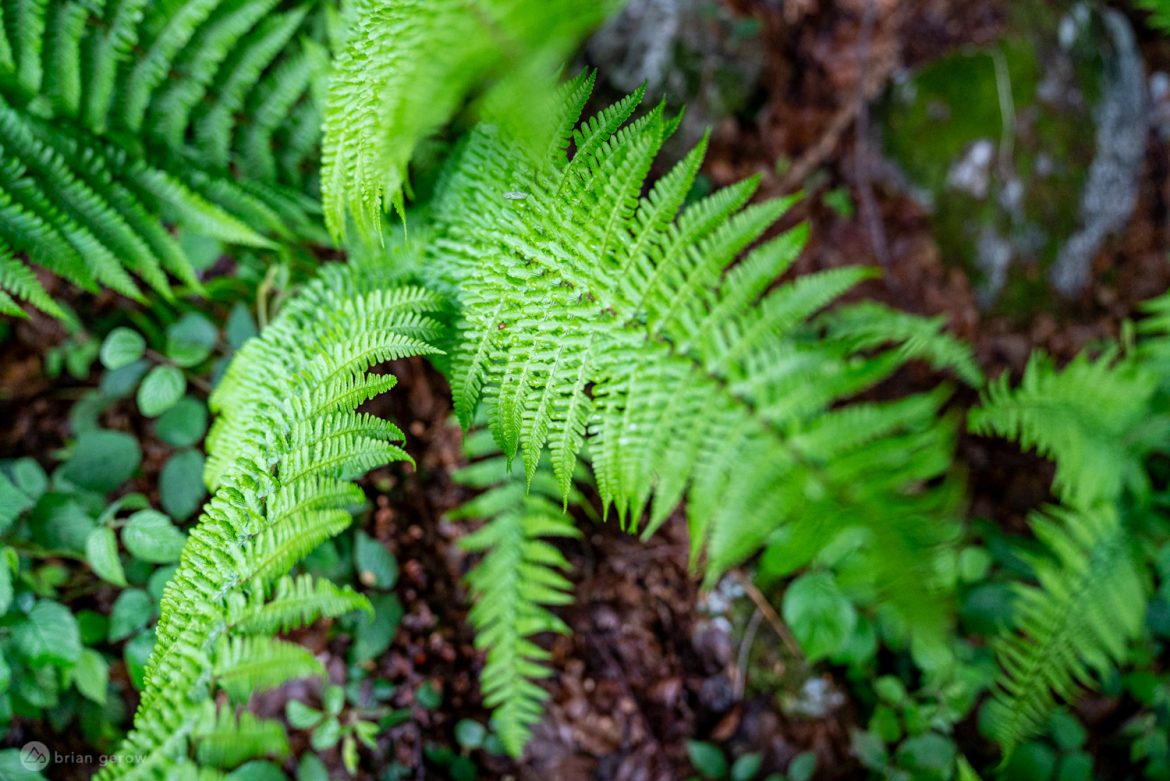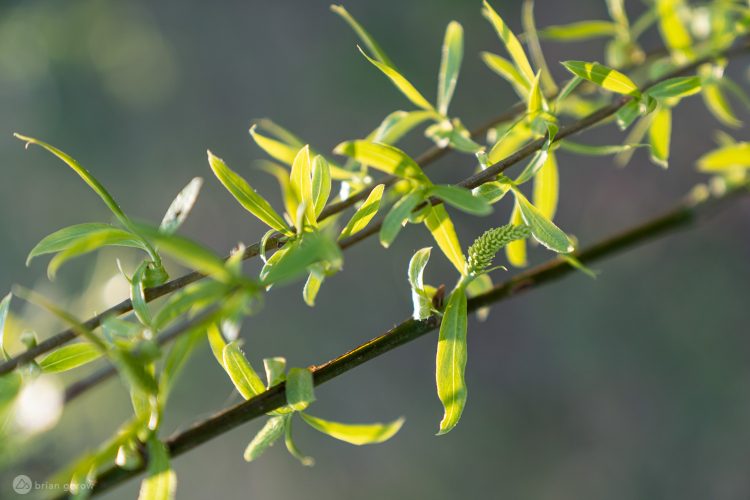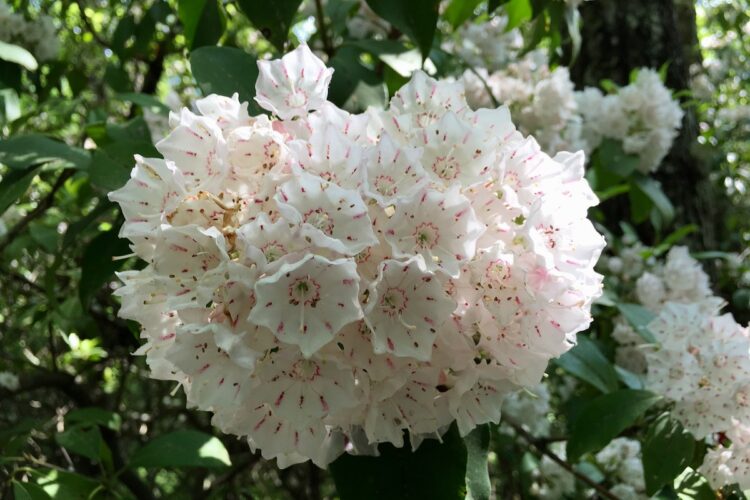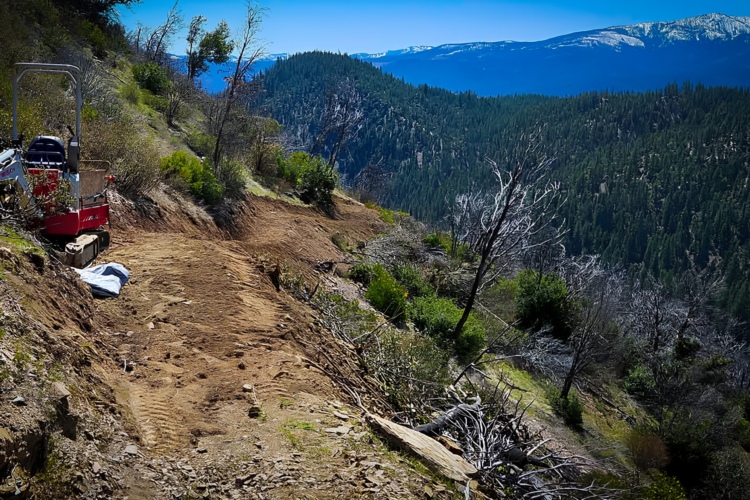
This little series is aimed at increasing the stoke for all things alongside the trail, from soil to plants and fungi. Ferns are a plant species older than time, or rather older than the time humans have been around to record. Water molecules that passed through their stems also flowed through dinosaurs, and today their broad fronds fill the understory of forests around the world. They come up as tiny clusters the size of a penny in Nevada and as tall trees in Australia and Tasmania.


There are around 10,560 known species of ferns on earth, and they can be found in most habitats, from high alpine to the desert floor. They stand out from other plants in that they don’t flower or create seeds, instead using spores to spread and reproduce like fungi. They function similar to neighboring plants in most other ways, with root systems, vascular nutrient movement, and photosynthesis. The root systems collect nutrients that travel up to their leaves to aid photosynthesis, and the extensive root networks can live on for a long while if the leaves die or become damaged.
On the west coast of the US, Sword Ferns are one of the most common species, with a range that extends from British Columbia in to southern California. Their leaf shape fits the name well, as each individual piece of a large leaflet is shaped like a serated, swashbuckling weapon. Their extensive root systems prevent soil erosion under the high tree canopy where they are typically found. They can tolerate sunlight, but grow best in the well-draining soils in the understory.
Another species that you may have seen on the west coast of the US is the Maidenhair fern. This plant stands out significantly, thanks to its thread-thin black stalk and stems that can be hard to see between the bright delicate leaves. Its habit creates the appearance that the glowing leaves are floating above the forest floor. Maindenhair ferns are able to grow in unusual places where other plants wouldn’t dare, like the rock face of a cliff or deep in a gully. According to Centralcoastbiodiversity.org, “the name ‘Maidenhair’ originated from another plant—a European bog species that women would use to turn their hair blond.” That sounds like a far safer and more pleasant way to lighten your hair hue than bleach or other chemicals.
A little info about tree ferns
Ferns are fortunate, in that there aren’t many animals that enjoy eating their leaves or root systems. Beaver will munch on the leaves, and a few insects like aphids will munch away as well, but for the most part these plants are safe to grow and spread at will. Some small woodland creatures, like the European wood mouse, eat the spore packets from under the leaves of ferns for sustenance during the winter months. Bracken ferns are toxic to animals, and can kill cows and horses if they consume a large enough amount of the plant.

You may have seen something called fiddleheads at the local farmer’s market during the springtime. These curled up little green spheres are the early stages of a new fern frond, and with a little cooking they are edible. Indigenous people in the US have a wide variety of uses for ferns, from bedding mats to food and medicine. Hansen’s Northwest Native Plant Database reports that “Native Americans used nearly every part of the sword fern. Because of their non-stick qualities, the fronds were used on berry-drying racks, to separate food in storage, and to line baking pits. They were also piled for use as mattresses. The young curled fronds were chewed to soothe sore throats, and Lummi women chewed them to hasten childbirth. Some tribes ate the rhizomes of the Sword Fern. They were dug in the spring, peeled and roasted over a fire or steamed in a baking pit, and served with fresh or dried salmon eggs. The cooked rhizomes were also eaten to cure diarrhea. The Quinaults boiled the roots in water and used the water as a treatment for dandruff.” It’s a good idea to properly identify these plants before consuming them, as some can be irritating or toxic.

Resources for further learning
- Animal relationships
- American Fern Society
- Fern trees
- Fiddlehead foraging and cooking
- General Wiki
- Northwest Native Plant Database
- Nutrient transfer
- Sword fern
- USFS























1 Comments
Oct 30, 2021